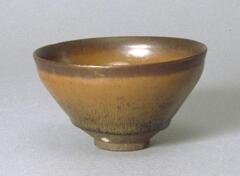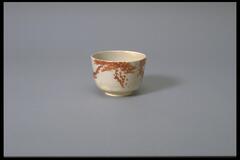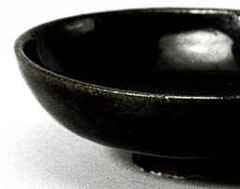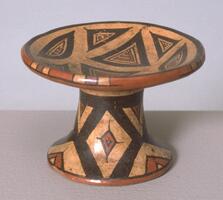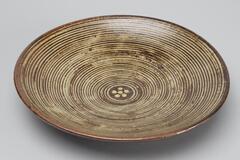72 Items in this Learning Collection
Collection Object
Collection Object
Collection Object
Collection Object
Collection Object
Collection Object
Collection Object
Collection Object
Collection Object
Collection Object
Collection Object
Collection Object
Collection Object
Collection Object
Collection Object
Collection Object
Collection Object
Collection Object
Collection Object
Collection Object
Collection Object
Collection Object
Collection Object
Collection Object
Collection Object
Collection Object
Collection Object
Collection Object
Collection Object
Collection Object
Collection Object
Collection Object
Collection Object
Collection Object
Collection Object
Collection Object
Collection Object
Collection Object
Collection Object
Collection Object
Resource with 15 media
Collection Object
Copyright
All Rights Reserved
()
Raku ware black tea bowl
Accession Number
2000/1.30
Title
Raku ware black tea bowl
Artist(s)
Raku Ryōnyū
Object Creation Date
circa 1811-1834
Medium & Support
earthenware with black glaze
Dimensions
3 3/8 x 4 9/16 x 4 9/16 in. (8.5 x 11.5 x 11.5 cm)
Credit Line
Gift of Stephen H. and Patricia O. Spurr from the Henry Jewett Greene Collection
Label copy
Teabowls and other tea utensils made by highly admired tea masters or craftsmen would often be given fanciful names, and would acquire heirloom status. Works by members of the Raku family were among the most highly prized. This bowl is by the ninth generation descendant of Chôjirô, Raku Ryônyû—one of most prolific members of the family. His teabowls have a certain lightness and even playful air. This bowl can be dated to the period 1811–1834 by the stamp impressed in its foot, an extremely abbreviated form of the character for "Raku".
Exhibited in "Japanese Costumes & Ceramics, Past & Present," October 2001-February 2002. Maribeth Graybill, Senior Curator of Asian Art
Sen no Rikyû (1522–1591), tea master to Japan’s most powerful warlords in the late sixteenth century, championed the use of humble materials in the tea ceremony. Instead of expensive imported Chinese celadon or bronze flower vases, for example, he carved his own from bamboo in his own garden. Rikyû encouraged the Kyoto potter Chôjirô (1515–1592) to develop a new type of tea bowl, known as raku ware, formed by hand and fired in a simple, pit-like chamber. Chôjirô’s distinctive, thick-walled tea bowls set the standard for works by later generations of the Raku family, such as this tea bowl and UMMA 1954/1.537.
Over the centuries, three lines of tea schools directly descended from Sen no Rikyû. The successive heads of these three families often would hand-form their own tea bowls, which would then be glazed and fired by the then head of the Raku family. For an example of such a tea bowl, please see UMMA 1963/2.71, which is attributed to Sen Sôshu X, the tenth generation head of the Mushanokoji School of Tea.
From "Silk Road to Clipper Ship: Trade, Changing Markets, and East Asian Ceramics."
Primary Object Classification
Ceramic
Primary Object Type
tea bowl
Collection Area
Asian
Rights
If you are interested in using an image for a publication, please visit http://umma.umich.edu/request-image for more information and to fill out the online Image Rights and Reproductions Request Form. Keywords
bowl
2000/1.30
Title
Raku ware black tea bowl
Artist(s)
Raku Ryōnyū
Object Creation Date
circa 1811-1834
Medium & Support
earthenware with black glaze
Dimensions
3 3/8 x 4 9/16 x 4 9/16 in. (8.5 x 11.5 x 11.5 cm)
Credit Line
Gift of Stephen H. and Patricia O. Spurr from the Henry Jewett Greene Collection
Label copy
Teabowls and other tea utensils made by highly admired tea masters or craftsmen would often be given fanciful names, and would acquire heirloom status. Works by members of the Raku family were among the most highly prized. This bowl is by the ninth generation descendant of Chôjirô, Raku Ryônyû—one of most prolific members of the family. His teabowls have a certain lightness and even playful air. This bowl can be dated to the period 1811–1834 by the stamp impressed in its foot, an extremely abbreviated form of the character for "Raku".
Exhibited in "Japanese Costumes & Ceramics, Past & Present," October 2001-February 2002. Maribeth Graybill, Senior Curator of Asian Art
Sen no Rikyû (1522–1591), tea master to Japan’s most powerful warlords in the late sixteenth century, championed the use of humble materials in the tea ceremony. Instead of expensive imported Chinese celadon or bronze flower vases, for example, he carved his own from bamboo in his own garden. Rikyû encouraged the Kyoto potter Chôjirô (1515–1592) to develop a new type of tea bowl, known as raku ware, formed by hand and fired in a simple, pit-like chamber. Chôjirô’s distinctive, thick-walled tea bowls set the standard for works by later generations of the Raku family, such as this tea bowl and UMMA 1954/1.537.
Over the centuries, three lines of tea schools directly descended from Sen no Rikyû. The successive heads of these three families often would hand-form their own tea bowls, which would then be glazed and fired by the then head of the Raku family. For an example of such a tea bowl, please see UMMA 1963/2.71, which is attributed to Sen Sôshu X, the tenth generation head of the Mushanokoji School of Tea.
From "Silk Road to Clipper Ship: Trade, Changing Markets, and East Asian Ceramics."
Primary Object Classification
Ceramic
Primary Object Type
tea bowl
Collection Area
Asian
Rights
If you are interested in using an image for a publication, please visit http://umma.umich.edu/request-image for more information and to fill out the online Image Rights and Reproductions Request Form. Keywords
bowl
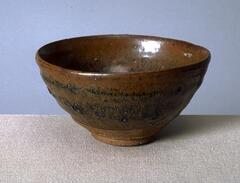
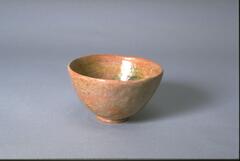
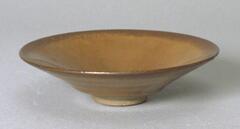
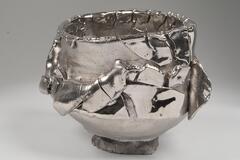
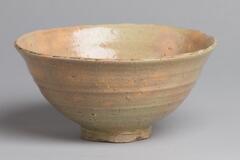
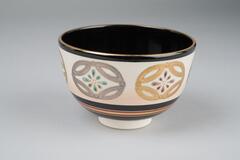
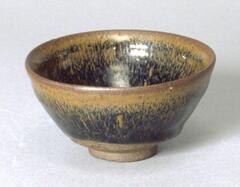
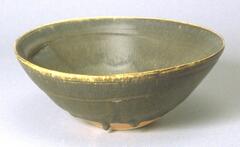

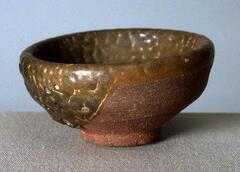
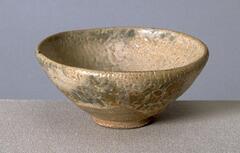
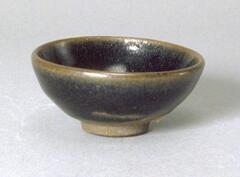
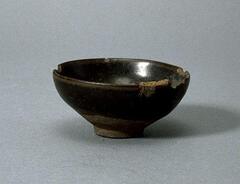
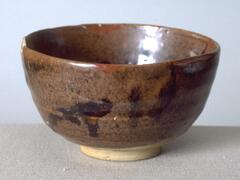
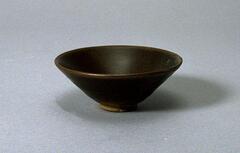
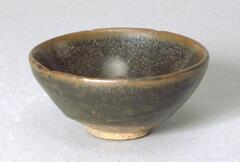

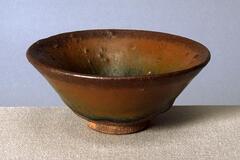
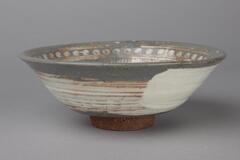
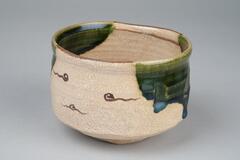
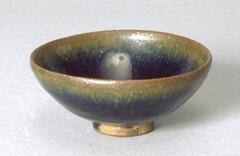


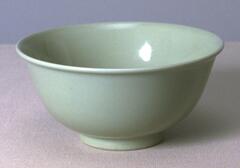

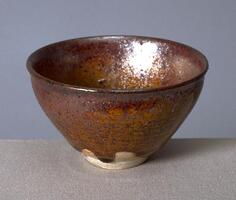
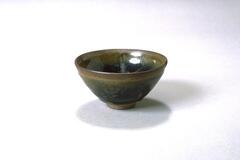

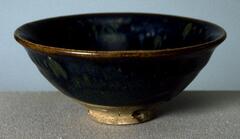
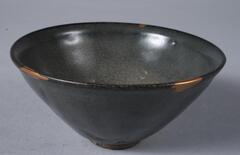
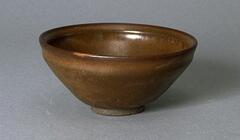
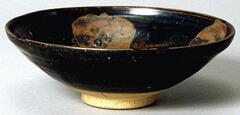
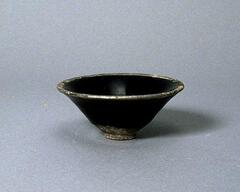
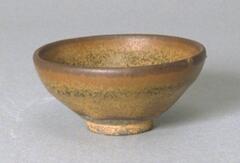
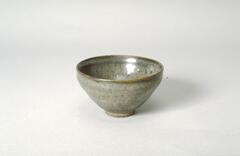

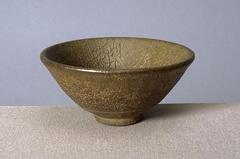
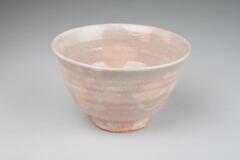
![Stoneware bowl with stamped rope-curtain design covered by a white slip and colorless glaze. A stylized inlaid chrysanthemum blossom decorates the center of the bowl, surrounded by a band of petals.<br />
<br />
This buncheong bowl with stamped design was maily supplied to government offices in the 15th century. It is decorated with a lotus flower on the inner base surrounded by lotus petals, butterflies and rows of dots on the inner wall. The outer wall, too, is filled with rows of dots. It was poorly sintered and the glaze applied to the lower part of the body is not melted in parts. The foot is not glazed and exposes the clay body.<br />
[Korean Collection, University of Michigan Museum of Art (2014) p.147] Stoneware bowl with stamped rope-curtain design covered by a white slip and colorless glaze. A stylized inlaid chrysanthemum blossom decorates the center of the bowl, surrounded by a band of petals.<br />
<br />
This buncheong bowl with stamped design was maily supplied to government offices in the 15th century. It is decorated with a lotus flower on the inner base surrounded by lotus petals, butterflies and rows of dots on the inner wall. The outer wall, too, is filled with rows of dots. It was poorly sintered and the glaze applied to the lower part of the body is not melted in parts. The foot is not glazed and exposes the clay body.<br />
[Korean Collection, University of Michigan Museum of Art (2014) p.147]](/media/W1siZiIsIjIwMjIvMDkvMjQvOWRtNDIyZTcyX2RlZmF1bHQuanBnIl0sWyJwIiwidGh1bWIiLCIyNDB4MjAwIl1d?sha=0b90e10dcc5f13d1)

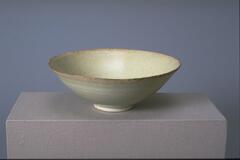
![<p>This is an undecorated bowl with diagonally flaring out sides. On the outer base and rim of the foot remain traces of refractory spur marks. The bowl was oxidized in the kiln, producing a green-brown hue, while the interior contains large bubbles. The color of its glaze is similar to that of other vessels excavated from sedimentary layers of refuse pile at celadon kilns in Goyang-si, Gyeonggi-do.<br />
[<em>Korean Collection, University of Michigan Museum of Art </em>(2014) p.101]</p>
<br />
It has an outwardly flared rim and steep side. A yellow brownish glaze is applied. The clay contains some impurities and the foot is relatively high. There is four spur-marks on the interior. <p>This is an undecorated bowl with diagonally flaring out sides. On the outer base and rim of the foot remain traces of refractory spur marks. The bowl was oxidized in the kiln, producing a green-brown hue, while the interior contains large bubbles. The color of its glaze is similar to that of other vessels excavated from sedimentary layers of refuse pile at celadon kilns in Goyang-si, Gyeonggi-do.<br />
[<em>Korean Collection, University of Michigan Museum of Art </em>(2014) p.101]</p>
<br />
It has an outwardly flared rim and steep side. A yellow brownish glaze is applied. The clay contains some impurities and the foot is relatively high. There is four spur-marks on the interior.](/media/W1siZiIsIjIwMjIvMDUvMjUvMnhtbDducjBocl9kZWZhdWx0LmpwZyJdLFsicCIsInRodW1iIiwiMjQweDIwMCJdXQ?sha=ab0ce1dba1be4d21)
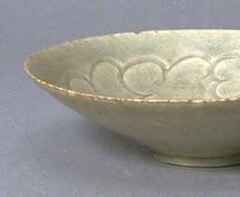
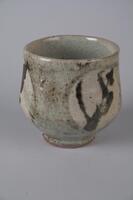
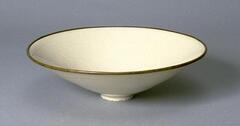
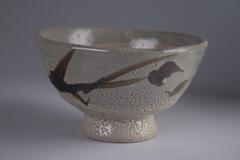
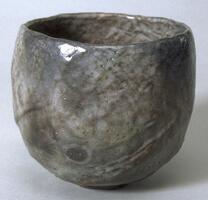

![Stoneware tea bowl with slightly flaring lip, white slip hakame design and colorless glaze.<br />
<br />
The inner and outer surfaces of this buncheong bowl have been brushed with white slip. Its inner base retains traces of seven spurs, while the uneven application of glaze has exposed the unglazed body. The glaze itself was fairly well fused. The bowl is intact without damage.<br />
[Korean Collection, University of Michigan Museum of Art (2014) p.156] Stoneware tea bowl with slightly flaring lip, white slip hakame design and colorless glaze.<br />
<br />
The inner and outer surfaces of this buncheong bowl have been brushed with white slip. Its inner base retains traces of seven spurs, while the uneven application of glaze has exposed the unglazed body. The glaze itself was fairly well fused. The bowl is intact without damage.<br />
[Korean Collection, University of Michigan Museum of Art (2014) p.156]](/media/W1siZiIsIjIwMjIvMDkvMjQvNm9xY20waHdlX2RlZmF1bHQuanBnIl0sWyJwIiwidGh1bWIiLCIyNDB4MjAwIl1d?sha=36b91ee5facf512c)
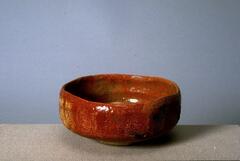
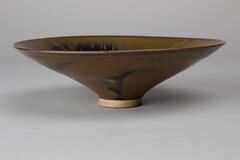
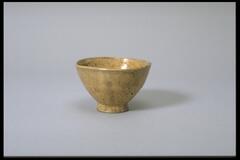
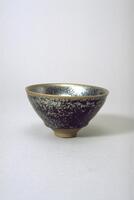

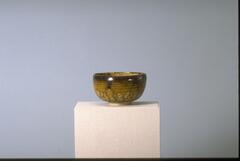
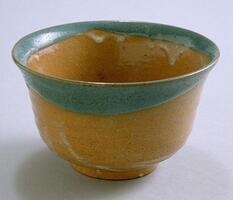




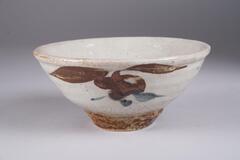
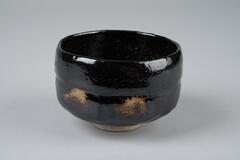
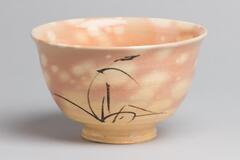

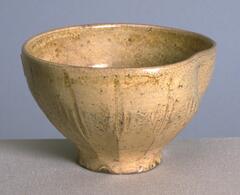
![<p>This bowl exemplifies early-tenth century celadon forms influenced by Chinese Yue ware. It has a halo-shaped foot (haemurigup), a characteristic of Yue ware. It is a high-quality celadon made from fine clay, coated by highly transparent glaze. Surface is plain while displaying crackles on its inner surface and parts of its outer surface. Many similar vessels were excavated from the Kilns no. 9 and no. 10 at Yongun-ri, Gangjin-gun, Jeollanam-do. Refractory spur marks created during firing remain in five places on the rim of the foot.<br />
[<i>Korean Collection, University of Michigan Museum of Art </i>(2014) p.88]</p>
Stoneware tea bowl with celadon glaze. <p>This bowl exemplifies early-tenth century celadon forms influenced by Chinese Yue ware. It has a halo-shaped foot (haemurigup), a characteristic of Yue ware. It is a high-quality celadon made from fine clay, coated by highly transparent glaze. Surface is plain while displaying crackles on its inner surface and parts of its outer surface. Many similar vessels were excavated from the Kilns no. 9 and no. 10 at Yongun-ri, Gangjin-gun, Jeollanam-do. Refractory spur marks created during firing remain in five places on the rim of the foot.<br />
[<i>Korean Collection, University of Michigan Museum of Art </i>(2014) p.88]</p>
Stoneware tea bowl with celadon glaze.](/media/W1siZiIsIjIwMjIvMDkvMjQvMXB2aXlzcnZpZF9kZWZhdWx0LmpwZyJdLFsicCIsInRodW1iIiwiMjQweDIwMCJdXQ?sha=7ddc9c1585910d07)

